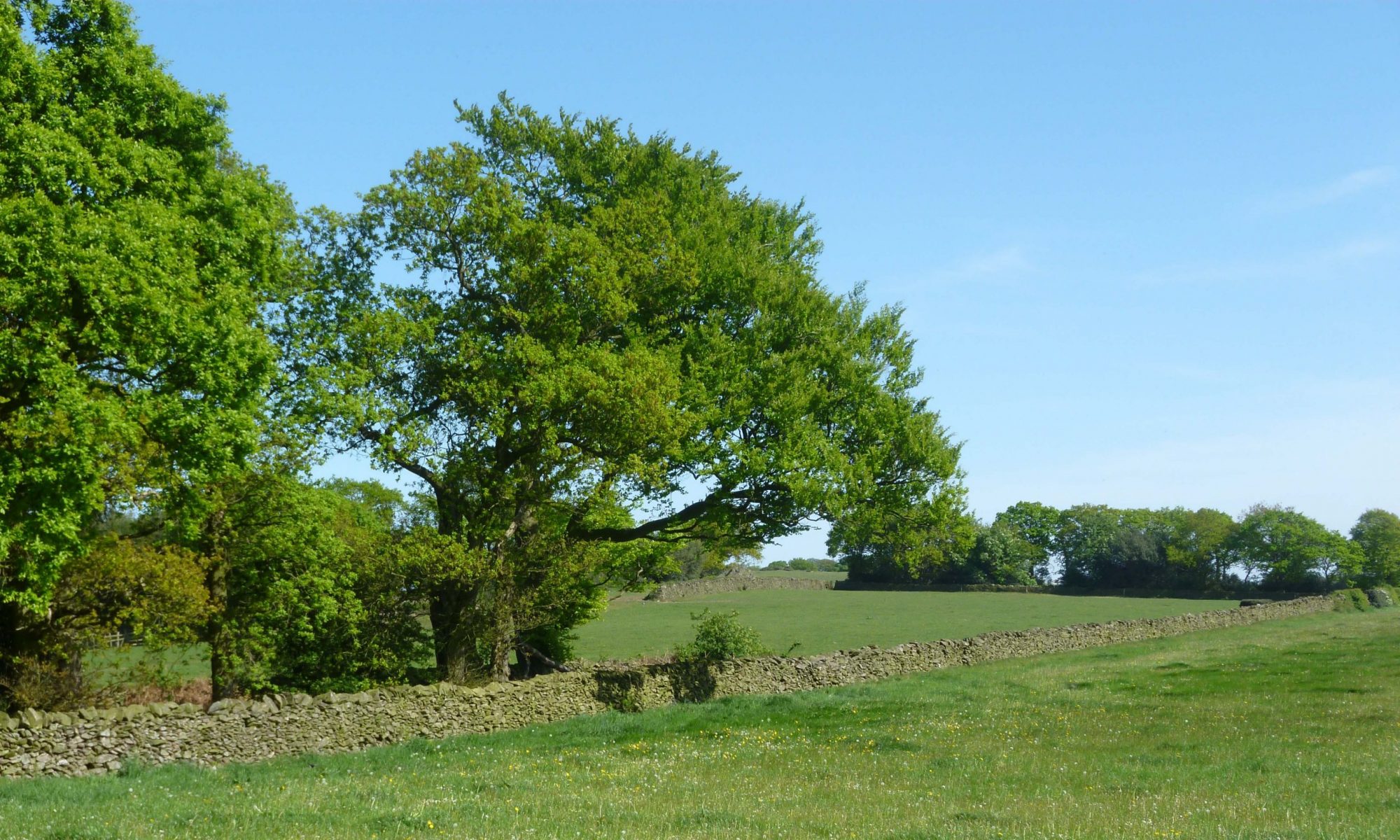Charnwood has drawn people to its rocky outcrops for centuries. At its heart lies the ancient pre-Cambrian rocks, believed to be the oldest on earth. The fossils they contain have provided clues to what David Attenborough, whose career was inspired by them, has recently described as the first chapters in the history of life itself. The geology of Charnwood has shaped its history and created its unique heritage.
The struggle to exploit the riches beneath the ground and the poor rocky soils above them have shaped the lives of local people for millennia and continue to do so today. The heritage of Charnwood is found in the landscape, rocks, fields, boundaries, roads and farmsteads, in the factories, homes, place names, monastic ruins and country houses, and in documents, paintings, photographs, songs, customs and memories. Together these fragments of the past give Charnwood Forest its special character.
The Charnwood Roots project (2013-17) explored the interaction between people and the landscape of Charnwood, uncovering and explaining how the area’s resources were exploited through the centuries, shaping both the culture and physical features of this part of north Leicestershire. The research focused on four interlocking themes: Working Lives, Building Communities, Crime and Conflict, and Landscapes of Leisure. These four themes draw together the history of a landscape owned, exploited, lived, worked, fought for and enjoyed.
Volunteers worked in the various locations, including the Record Office for Leicestershire, Leicester and Rutland in Wigston and used online sources to gather information, which they uploaded to an online databank, to make this available to other researchers as well as to the Leicestershire Victoria County History project.


